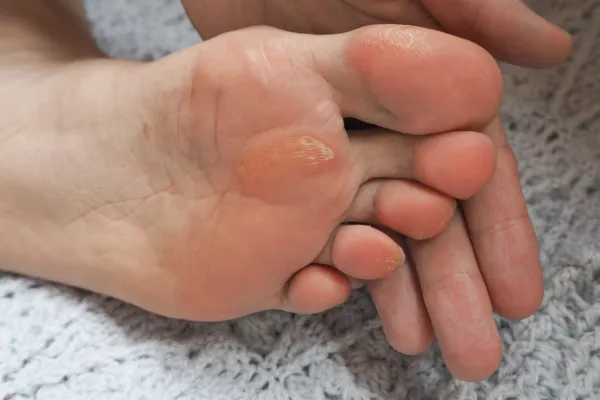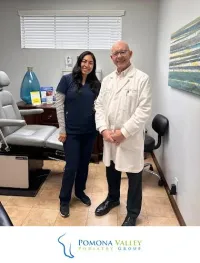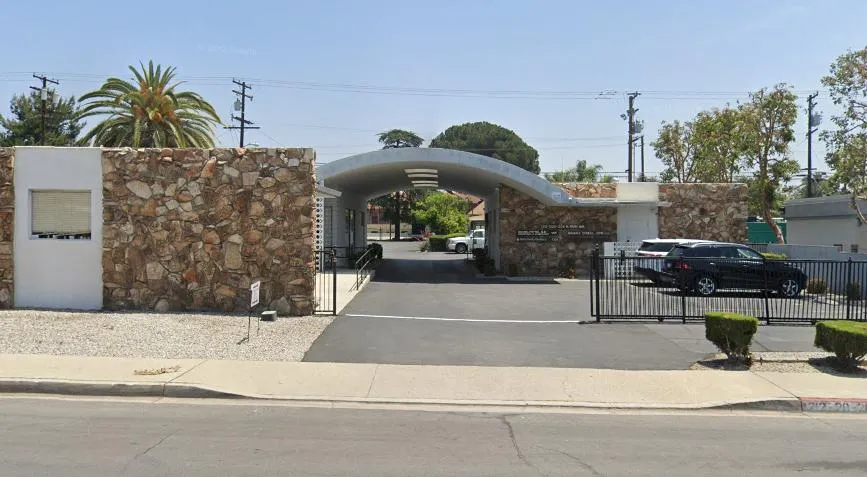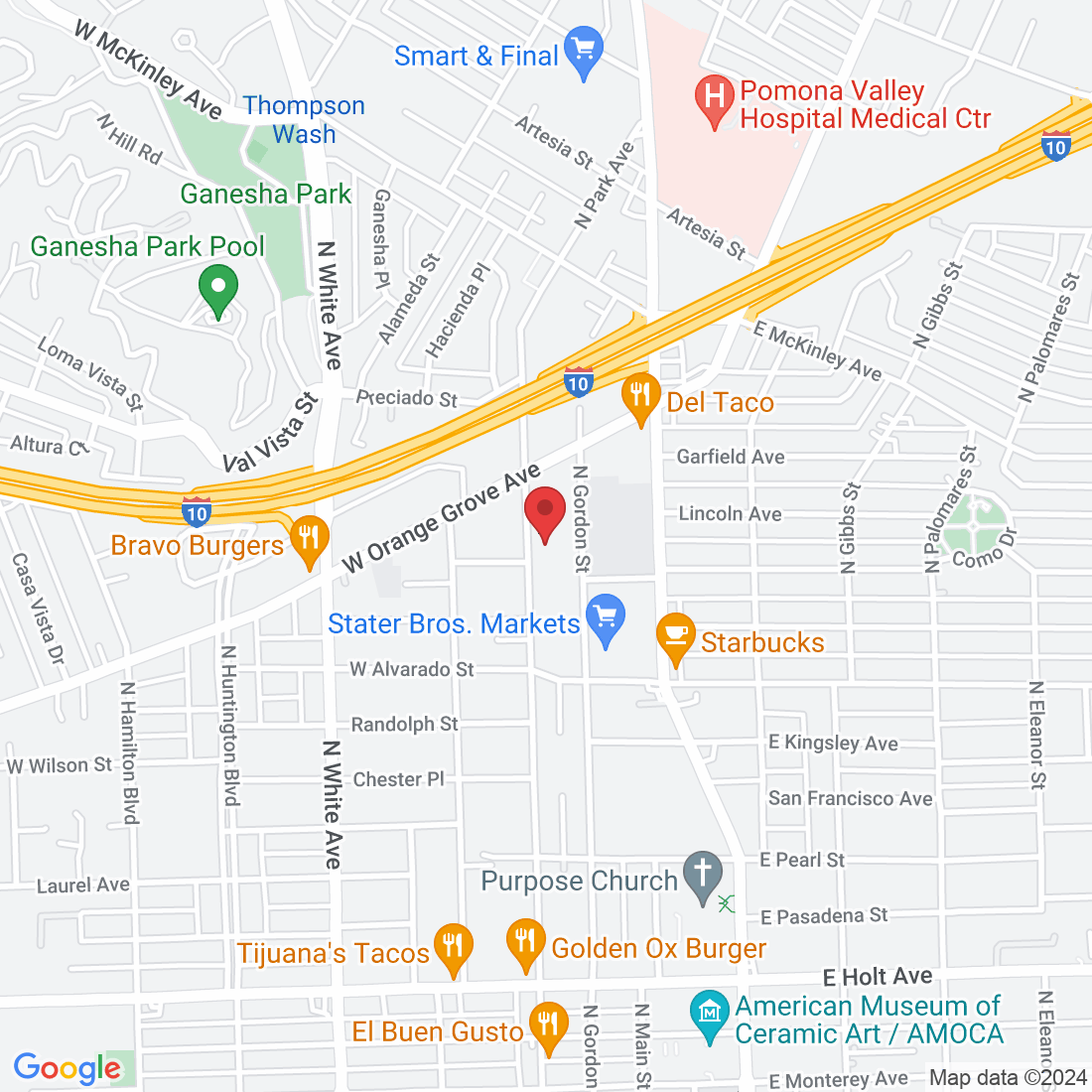
The Role of Regular Foot Exams in Preventing Corns and Calluses
Corns and calluses are common foot issues that can cause discomfort and even pain if left unaddressed. They often develop from repeated friction, pressure, or irritation on certain areas of the foot. While corns typically form on the tops or sides of toes, calluses often appear on weight-bearing areas such as the heels or balls of the feet. Left untreated, these thickened patches of skin can crack, become infected, or significantly interfere with daily activities like walking, exercising, or standing for long periods. One of the most effective ways to keep these problems at bay is by scheduling regular foot exams. By making foot care a priority, you can maintain Foot Health Pomona Valley residents can rely on for a happier, more active lifestyle.
Understanding Corns and Calluses
Before diving into the importance of foot exams, it’s helpful to know why corns and calluses form. A corn, usually smaller and more painful, develops when your body creates extra layers of skin to protect itself from friction—often from tight or poorly fitting shoes. Calluses, on the other hand, are thicker patches of toughened skin and typically appear where there’s repeated pressure, such as on the heels or the balls of the feet. While corns and calluses are the body’s natural defense mechanisms against further irritation, they can become problematic if they continue to grow or are located in areas of high stress.
Factors that contribute to the development of corns and calluses include:
Ill-fitting footwear (tight shoes, high heels, or shoes with limited toe space)
Walking patterns that place excessive pressure on certain parts of the foot
Standing or walking for extended periods without adequate support
Underlying conditions like bunions, hammertoes, or flat feet
Why Foot Exams Matter
A foot exam is not just a routine check; it’s a proactive measure to catch early signs of friction, skin thickening, and other concerns before they progress. During a comprehensive exam, a podiatry professional can identify any developing issues, such as spots where corns or calluses might form. This early detection is key in preventing more serious foot problems down the line.
Regular foot exams are particularly beneficial for those who:
Lead Active Lifestyles: Runners, hikers, or anyone who engages in high-impact exercise may put extra pressure on their feet, making routine checks essential.
Have Structural Abnormalities: Conditions like bunions, hammertoes, and flat feet can increase the likelihood of corns and calluses.
Wear Certain Types of Shoes: Frequent use of high heels, tight shoes, or ill-fitting footwear can speed up the formation of corns and calluses.
Experience Ongoing Foot Pain: Unexplained or persistent discomfort should always prompt a thorough foot check.
Benefits of Regular Foot Exams
Early Detection: Catching issues like corns and calluses early prevents them from getting thicker and more painful.
Personalized Advice: A foot exam offers you the chance to receive individualized suggestions, including footwear recommendations, orthotic inserts, or lifestyle adjustments.
Reduced Risk of Infection: Calluses and corns can sometimes crack or become inflamed, leading to infection. A regular exam can help detect these problems before they escalate.
Enhanced Mobility: By maintaining the health of your feet, you’re also preserving your ability to walk, run, and stand comfortably.
Improved Overall Foot Health: Addressing corns and calluses is just one aspect of a thorough foot check. Other issues—such as nail fungus or minor injuries—can also be identified and managed.
What to Expect During a Foot Exam
A typical foot exam involves a thorough inspection of the feet, toes, and ankles. The healthcare professional may check your gait (the way you walk), skin condition, nail health, and any noticeable abnormalities like lumps or bumps. If corns or calluses are already forming, they may remove or reduce some of the hardened skin to relieve pressure. You’ll likely receive guidance on proper footwear, arch support, and ways to adjust activities that may be causing undue stress on certain areas of your feet.
Tips for Preventing Corns and Calluses at Home
While regular foot exams are essential, there are also proactive steps you can take every day to minimize the risk of developing corns and calluses:
Choose the Right Shoes: Opt for footwear with a wide toe box, proper arch support, and cushioning that distributes weight evenly.
Use Protective Padding: Gel pads or moleskin can reduce friction on areas prone to corns or calluses.
Wear Moisture-Wicking Socks: Keeping your feet dry helps prevent excessive friction, which can contribute to thickened skin.
Practice Good Hygiene: Regularly washing, drying, and moisturizing your feet can keep the skin supple and less likely to develop hardened areas.
Rotate Footwear: Avoid wearing the same pair of shoes every day, especially if they’re tight or cause rubbing in specific spots.
Why Pomona Valley Podiatry Group?
Ensuring Foot Health Pomona Valley can depend on starts with regular check-ups and personalized care. At Pomona Valley Podiatry Group, we believe in a proactive approach to foot care—one that addresses the root causes of corns and calluses rather than just the symptoms. By scheduling routine exams, you’ll have a chance to identify potential issues early, receive tailored recommendations, and keep your feet in the best shape possible.
Conclusion
Corns and calluses may seem like minor annoyances, but they can quickly become more significant problems if ignored. Regular foot exams offer an excellent line of defense, helping to spot trouble areas and guide you toward effective preventive measures. Combine that with consistent at-home care, and you’ll be well on your way to happier, healthier feet. If you’re in the Pomona Valley area and want to stay on top of your foot health, consider booking a comprehensive exam at Pomona Valley Podiatry Group. After all, healthy feet are the foundation for an active, comfortable life.
Ask And His Team
Fill in the form to request a Call From Our Team
One of our team will call you for FREE and answer any questions or concerns you may have about your uncomfortable foot condition





